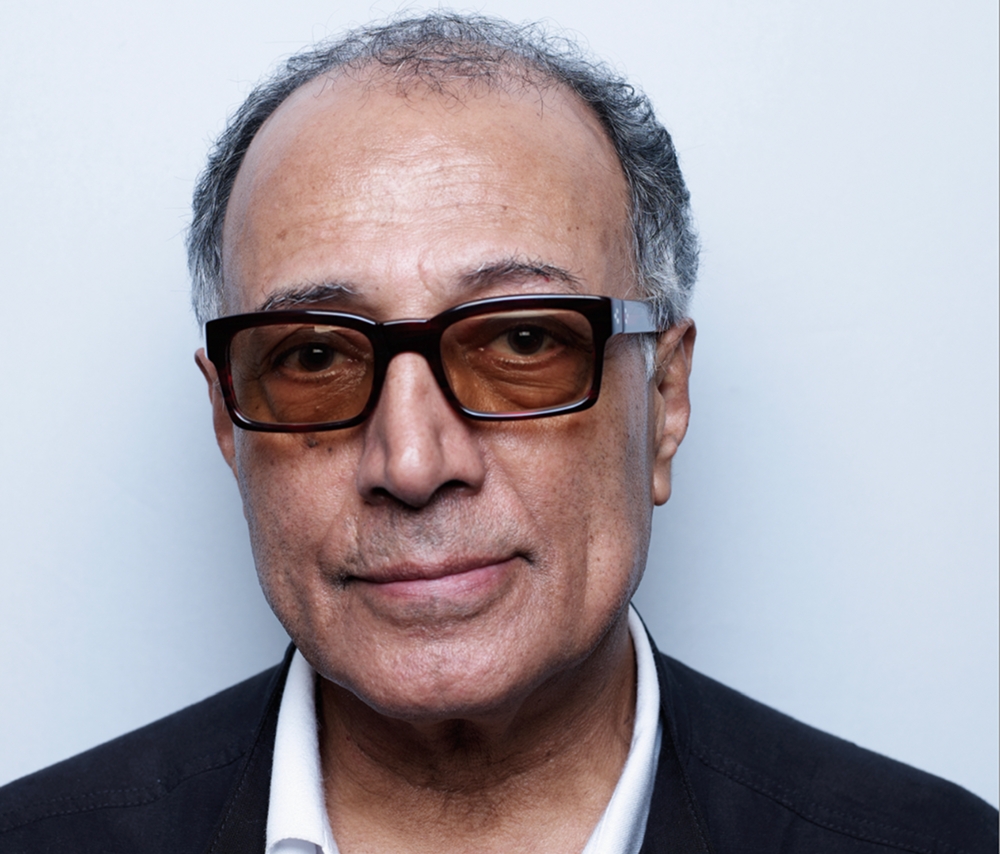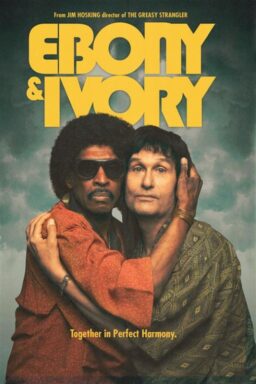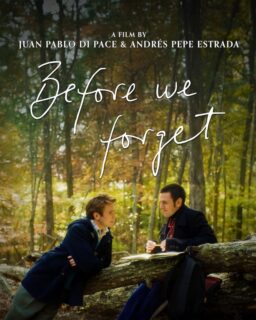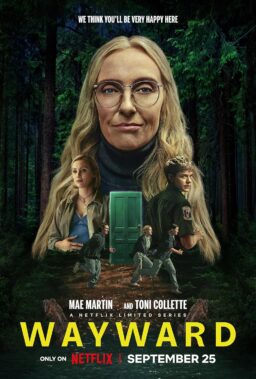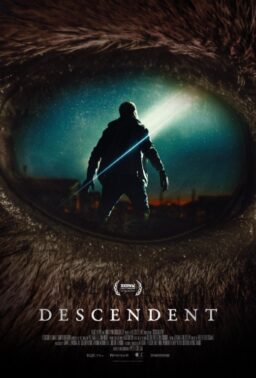The
emotionally devastating news that the great Iranian filmmaker Abbas Kiarostami
has died from complications of cancer in Paris Monday is a jolt. His death
marks a loss as historically and artistically significant as that of Ingmar
Bergman, Michelangelo Antonioni or Jacques Rivette.
First,
please allow a personal memory.
It was the
final Saturday of the 1997 Cannes Film festival. Kiarostami’s “Taste of Cherry”
was a late addition to the program. The movie had a very complex history of
suppression, concealment and almost destruction after part of the negative was
destroyed in a fire. Kiarostami had been battling with the cultural
fundamentalists who charged the movie’s treatment of suicide violated Islamic
law.
Because of
the almost clandestine nature of how the festival ended up slotting the film,
the press screening at the Lumiere Theatre ended up also serving as the
official screening. It was a difficult and knotty film. Part of what I loved
about it was Kiarostami’s refusal to provide any easy psychological rationale
for the protagonist’s desire to kill himself. His formal command was so assured
and rigorous—the masterful way he contrasted the movement of the car against
the landscape—Kiarostami constructed a fascinating moral inquiry.
I was
convinced after that first viewing it was a great film. I waited until the very
end credits to leave the theater and moved out to the mezzanine of the Palais
toward the escalators. To my great surprise, Kiarostami was right behind me,
surrounded by his personal security detail. The atmosphere inside the theater
was pretty tense over concerns about a potentially violent demonstration
against the director or the festival. In person, Kiarostami was a formidable
figure, handsome, intense and very direct. He always wore dark glasses.
I’d met him once
before and whether he recognized me or not, I was riveted by his openness and
friendliness as we exchanged looks. The next night, the movie shared (with
Shohei Imamura’s “The Eel”) the Palme d’Or for best film.

The cinema of
Abbas Kiarostami, comprising more than 40 features, shorts and documentaries,
is as powerful, commanding and poetic a body of work in contemporary film. How
do you even begin to assimilate this work? His great skill was taking moments—scenes
or images—that feel familiar and transforming them into something charged,
poetic, mysterious and finally quite beautiful.
Kiarostami
helped open up a highly complex and creative national film culture shrouded in
secrecy and suspicion in the aftermath of the Iranian hostage crisis and the
severing of diplomatic ties with much of the West. His privileged background
and prominence outside Iran always gave him a relative autonomy. Sometimes
criticized for his apolitical submission to the system (after his former
protégé Jafar Panahi was placed under house arrest and banned from working),
Kiarostami was more accurately viewed as a quiet revolutionary whose distaste
for political Stalinism and the collective absence of human rights is
registered in the absurdity of his stories.
He studied
painting at the University of Tehran. He worked as graphic designer and shot
commercials for Iranian television. In 1969 he helped found the Centre for the
Intellectual Development of Children and Young Adults. Like Francois Truffaut
or Satyajit Ray, his handling of children—spontaneous, open, creative and never
condescending or sentimental—marked his work from the start. Kiarostami was a
fabulist and dark humorist, obvious from his second feature (the first film of
his I ever saw), “The Traveler” (1974), about a rural boy who schemes and
manipulates those around him in order to attend a soccer match, delivered a
rueful comeuppance by a darkly ironic ending.
In 1992, the
Toronto International Film festival programmed one of the first extensive
overviews of post-revolutionary Iranian filmmaking. The trailblazing American
critics on the greatness of Kiarostami and Iranian cinema were Godfrey Cheshire
and Jonathan Rosenbaum. The Toronto program was the first time to provide
significant access to these films.
The “Koker
trilogy,” three films made near the village of Koker in northwestern Iran—“Where
is the Friend’s House” (1987), “And Life Goes On” (1992) and “Through the Olive
Trees” (1994)—brilliantly wove together form and content, underscoring his eye
for landscape. Kiarostami’s intricate weaving of fiction and nonfiction become
self-reflexive meditations on the very act of identity, freedom, creativity and
personal expression.

For his
virtually unclassifiable “Close-Up” (1990), Kiarostami based the film on a
notorious real-life episode involving a shop clerk and movie lover who was
arrested for appropriating the identity of the great director Mohsen
Makhmalbaf. Kiarostami recruited the key principals to play themselves—including
his former rival Makhmalbaf—and staged interpretations of sequences from the
past set against the backdrop of the man’s criminal case. His open and
self-reflexive examination of form and meaning underscores the elastic nature
of movies, brilliantly showing how the camera records, alters or distorts
behavior and history and rewrites it all on their own terms.
The
defendant, Hossein, is like some strange or unaccountable figure out of
Pirandello or Samuel Beckett, quoting Tolstoy or the Koran. Kiarostami’s innate
humanism transforms this cool opportunist and subtly shifts the point of view
so that his impersonation becomes a provocative act of self-renewal as this man
without status suddenly sees his every statement, act or thought privileged and
seriously considered. “Close-Up” contains a sharp political and social critique
subliminally woven in the narrative fabric that echoes the great Eastern
European pessimists a generation or two earlier.
Even to those
open to his work, Kiarostami demanded close attention. The movies were
sometimes opaque and difficult, but he invited a form of surrender and the
beauty was in experiencing his movies as his characters do. Kiarostami’s
greatest narrative work, “The Wind Will Carry Us” (1999), is a dense and
dizzying piece about an engineer and his never-seen colleagues who travel to a
remote village in Iranian Kurdistan for reasons that must be parsed by the
viewer. The engineer’s story is counterpointed by the villagers he encounters.
This outsider becomes a privileged witness to the customs, beliefs, daily
rituals and actions of the locals. The village—a labyrinth of caves, paths and
mountains—is transformed into a stage where the intertwined stories play out. The
use of color, landscape and off-screen sound achieves rapture.
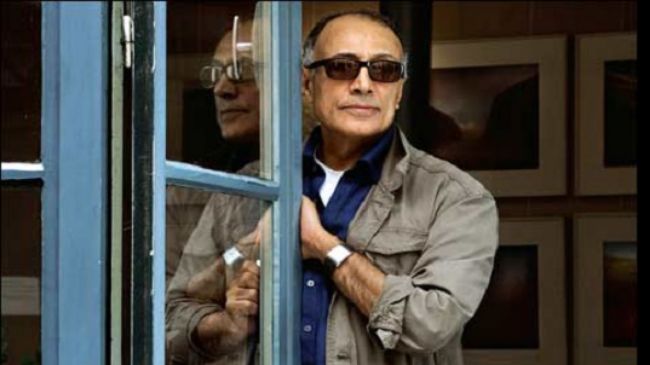
Kiarostami
was restless and continually pushing himself to open up and alter his art. At
the height of his artistic power, he ostensibly re-invented himself, like
Jean-Luc Godard after “Weekend.” As an Iranian filmmaker, Kiarostami was always
beholden to the state, either for its government-sponsored financing loans and
its monopoly on movie equipment.
The advent
of digital technology fundamentally changed that and ushered in new freedom and
possibility, as Kiarostami became more experimental and radically conceptual on
films such as “Ten” (2002) and “Five” (2003). “Shirin” (2008) features Juliette
Binoche and more than 100 Iranian women watching a film we hear but never see,
as the director works through ideas of time, duration and process.
His last
films were made abroad. “Certified Copy” (2010) was his “Every Man for
Himself,” that is, what Godard called his “second first film,” a return to
narrative (and 35mm), featuring a bravura performance by Binoche, a work
meditating on identity, language and artistic authenticity that continuously
opens up the elastic and expressive qualities of the medium.
His
Japanese-language “Like Someone in Love” (2013) has a ravishing opening,
playful and intricate, inside a Tokyo club, as the insistently pressing voice
of the young protagonist, an escort, is dislodged from the corresponding images.
Kiarostami transcends language and spatial boundaries, but he makes the work
unmistakably his with two remarkable sequences unfolding inside the interior of
cars—the first of the young woman being transported to the suburban home of her
client followed by the older man driving her to her university classes on the
morning after their (enigmatic) night together. The use of light, like the
mirrored shots of the sun-draped clouds refracted against the exterior car
windshield, is absolutely extraordinary.
Now the
man—arguably the greatest working filmmaker— is gone, and as hard as it is to
cope with that, the work persists. Criterion has beautiful Blu-ray editions of
“Close-Up” (featuring a superb essay by Cheshire and a fantastic commentary
track by Rosenbaum and Mehrnaz Saeed-Vafa), “Certified Copy” and “Like Someone
in Love.” Criterion also offers “Taste of Cherry” in a standard edition. The
Criterion streaming channel on Hulu also offers “Close-Up,” “Taste of Cherry,”
“Like Someone in Love” and “Where is the Friend’s House.” Unfortunately, three
of his greatest films, “Homework” (1989), “And Life Goes On” (also known as
“Life and Nothing But”) and “Through the Olive Trees” are unavailable in any
viewing platform in the United States.
Rosenbaum
and Saeed-Vafa’s superb book, “Abbas Kiarostami,” published as part of the
Contemporary Film Directors’ collection by the University of Illinois, is
essential. I would also recommend tracking down the July/August 1996 issue of
Film Comment that contains Cheshire’s extraordinary essay, “A Cinema of
Questions,” accompanied by an excellent interview with the filmmaker by the
critic and essayist Phillip Lopate.
I had the
great pleasure to interview the master a couple more times over the years since
that fleeting encounter at Cannes. In 1999, at the Thessaloniki Film festival,
I was part of a group of writers and critics that talked with him following a
screening of “The Wild Will Carry Us.”
I asked him
about the relationship between his films and silent cinema:
“Because
it’s based on reality, real life can experience the silent life of movies. Even
if you don’t find any chance to be in nature, we can make this relation.
Silence and nature are two important elements in order for to this work
differently, to understand it differently. Unfortunately, the American
commercial movies have made all the audiences throughout the world accustomed
to sound, explosions, and the close-up. That is part of cinema, but not, I
think, part of life. I do not claim that my films are cinematic, but they are a
slice of life.”
A personal reflection by critic Godfrey Cheshire about his friend Abbas Kiarostami can be read here
A tribute by RogerEbert.com contributors to Kiarostami’s cinema can be read here

